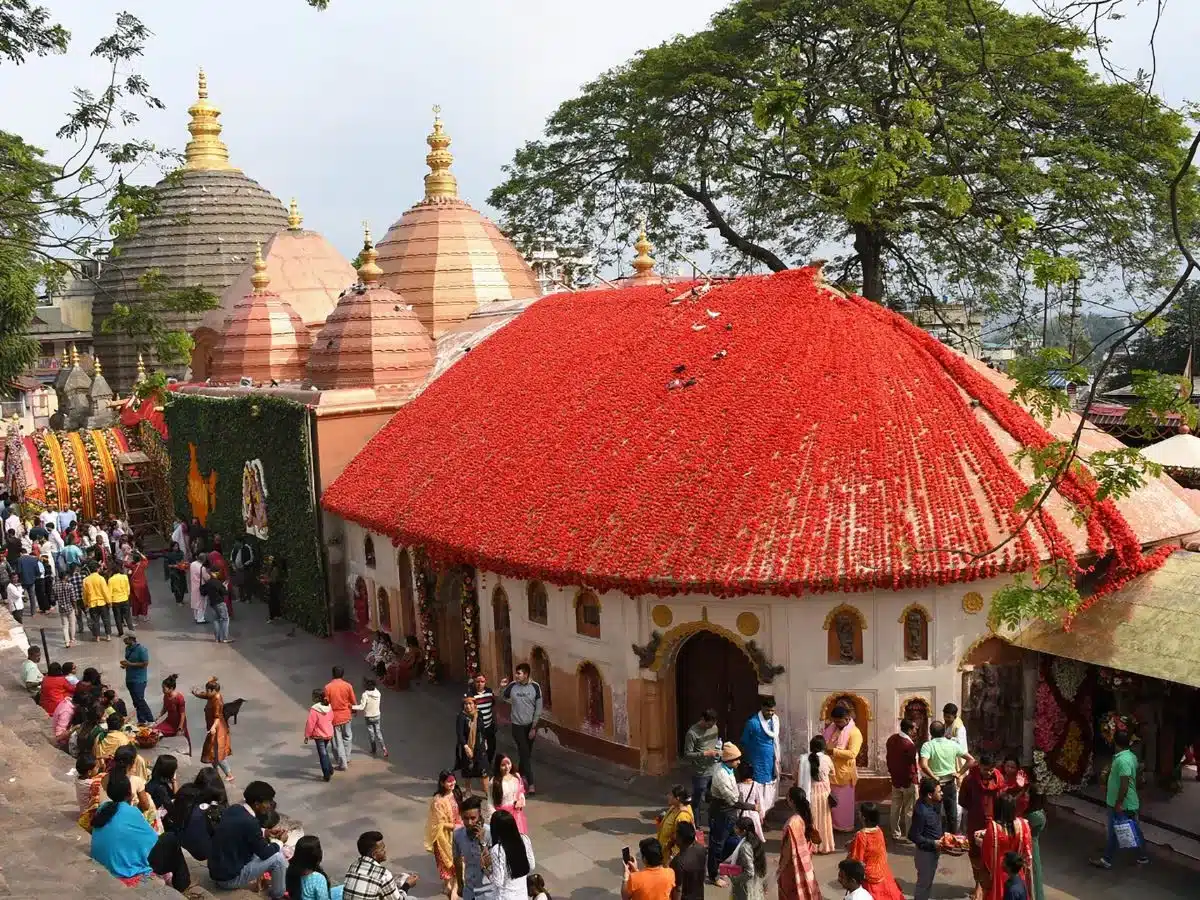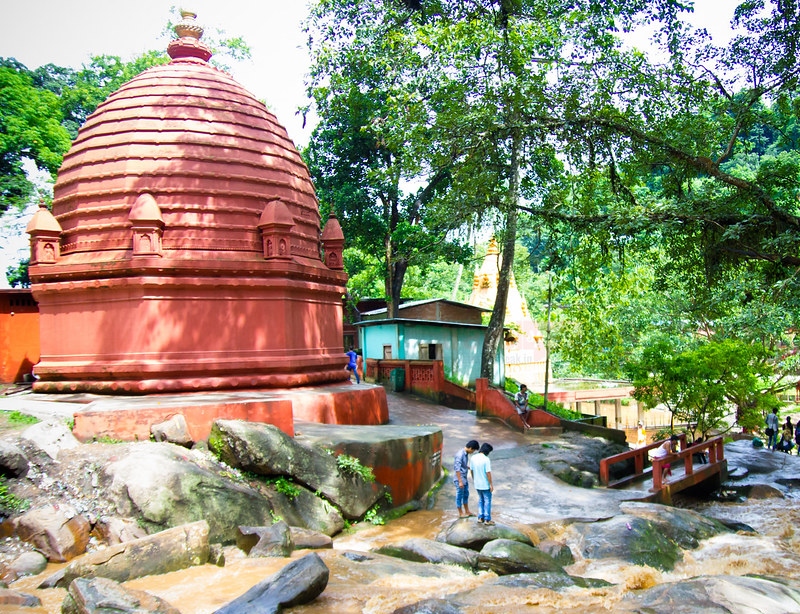Celebrating the Harvest in Assam
Magh Bihu, also known as Bhogali Bihu, is one of the most vibrant and cherished festivals in Assam. It is celebrated in mid-January, marking the end of the harvest season. Derived from the word "Bhog" which means enjoyment or feasting, Magh Bihu signifies abundance, togetherness, and the cultural richness of the Assamese people.

The Significance of Magh Bihu
Magh Bihu is deeply rooted in the agrarian traditions of Assam. It celebrates the hard work of farmers and the bounty of their harvest. Unlike Rongali Bihu, which signifies the start of the Assamese New Year, Magh Bihu is more about relaxation and sharing the fruits of labor with family and community.
The festival is also an ode to nature, thanking the earth, rivers, and skies for their contributions to the harvest. It showcases the Assamese people's deep connection with their land and their gratitude for its abundance.
Rituals and Traditions
- Uruka Night:
The festivities begin on Uruka, the night before Magh Bihu. Families and friends gather to prepare a grand feast. Temporary huts called Bhelaghar are constructed using bamboo, straw, and leaves, where people cook, eat, and celebrate together. - Bhelaghar and Meji:
On Magh Bihu morning, the Meji (a large bonfire) is lit. It is a central ritual of the festival, symbolizing the worship of Agni (fire). People offer rice cakes, sesame, and pithas (traditional rice cakes) to the fire while chanting prayers for prosperity and well-being. - Feasting and Pithas:
Traditional Assamese delicacies take center stage during Magh Bihu. Items like til pitha, ghila pitha, larus (sweet balls made of sesame and jaggery), sunga saul (rice cooked in bamboo), and other sweets and savories are prepared in every household. The feast is a culinary delight, showcasing the diversity of Assamese cuisine. - Community Sports and Games:
Magh Bihu is also a time for fun and games. Traditional sports like tekeli bhonga (pot breaking), buffalo fights, and egg fights are organized in various villages. These activities bring the community together in celebration and friendly competition. - Exchange of Gifts:
Another beautiful aspect of Magh Bihu is the exchange of food and gifts among neighbors and relatives. It reflects the sense of community and hospitality that is intrinsic to Assamese culture.
Cultural Performances
During the festival, cultural programs, including Bihu dances and folk music performances, add a lively spirit to the celebrations. These events serve as a platform to showcase the rich heritage and artistry of Assam.

Magh Bihu in Modern Times
While the essence of Magh Bihu remains the same, urban celebrations have adapted to modern lifestyles. Community gatherings, bonfires, and food festivals are organized in cities, ensuring that the younger generations remain connected to their roots.
Experience Magh Bihu with Explore Assam Tour Agency
If you're visiting Assam during January, experiencing Magh Bihu is a must! Our specially curated tours include visits to rural celebrations, culinary workshops to learn how to make traditional pithas, and opportunities to participate in community festivities. Witness the warmth of Assamese hospitality and the joy of a festival that celebrates life, food, and togetherness.

Conclusion
Magh Bihu is not just a festival; it is a celebration of Assam's agricultural heritage, culture, and communal spirit. It reflects the unity and joy that come from sharing and togetherness. Join us at Explore Assam Tour Agency to delve into the heart of this festive celebration and create memories that last a lifetime. JOIN US

















